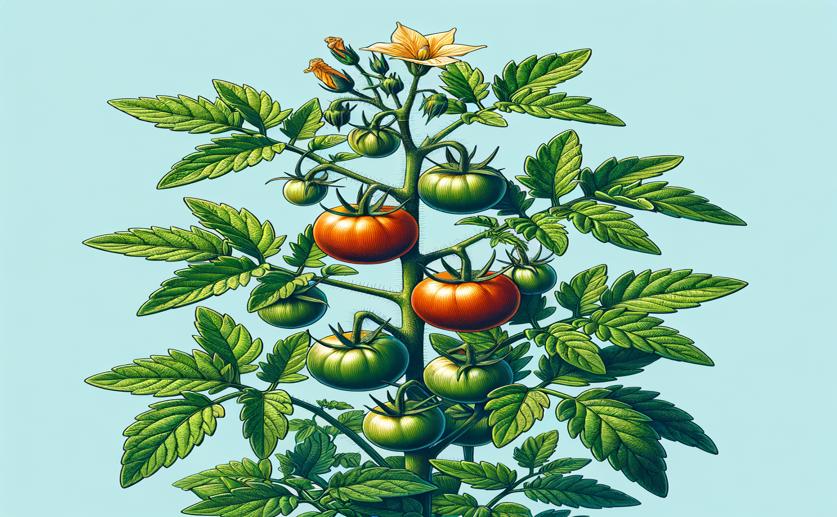
How Tomato Plants Grow Pollen Tubes Without Using Potassium
Jim Crocker
15th August, 2024

Image Source: Natural Science News, 2024
Key Findings
- The study from CEBAS-CSIC focused on the role of SlCIPK9 in potassium uptake in tomato plants
- Unlike in Arabidopsis, SlCIPK9 does not significantly contribute to potassium homeostasis in tomatoes
- Instead, SlCIPK9 is involved in pollen tube elongation through a potassium-independent mechanism
References
Main Study
1) SlCIPK9 regulates pollen tube elongation in tomato plants via a K+-independent mechanism.
Published 12th August, 2024
https://doi.org/10.1016/j.plaphy.2024.109039
Related Studies
2) The protein kinase SlCIPK23 boosts K+ and Na+ uptake in tomato plants.
3) CBL-mediated targeting of CIPKs facilitates the decoding of calcium signals emanating from distinct cellular stores.
4) Emerging roles of the CBL-CIPK calcium signaling network as key regulatory hub in plant nutrition.
5) Increasing complexity and versatility: how the calcium signaling toolkit was shaped during plant land colonization.



 13th August, 2024 | Greg Howard
13th August, 2024 | Greg Howard